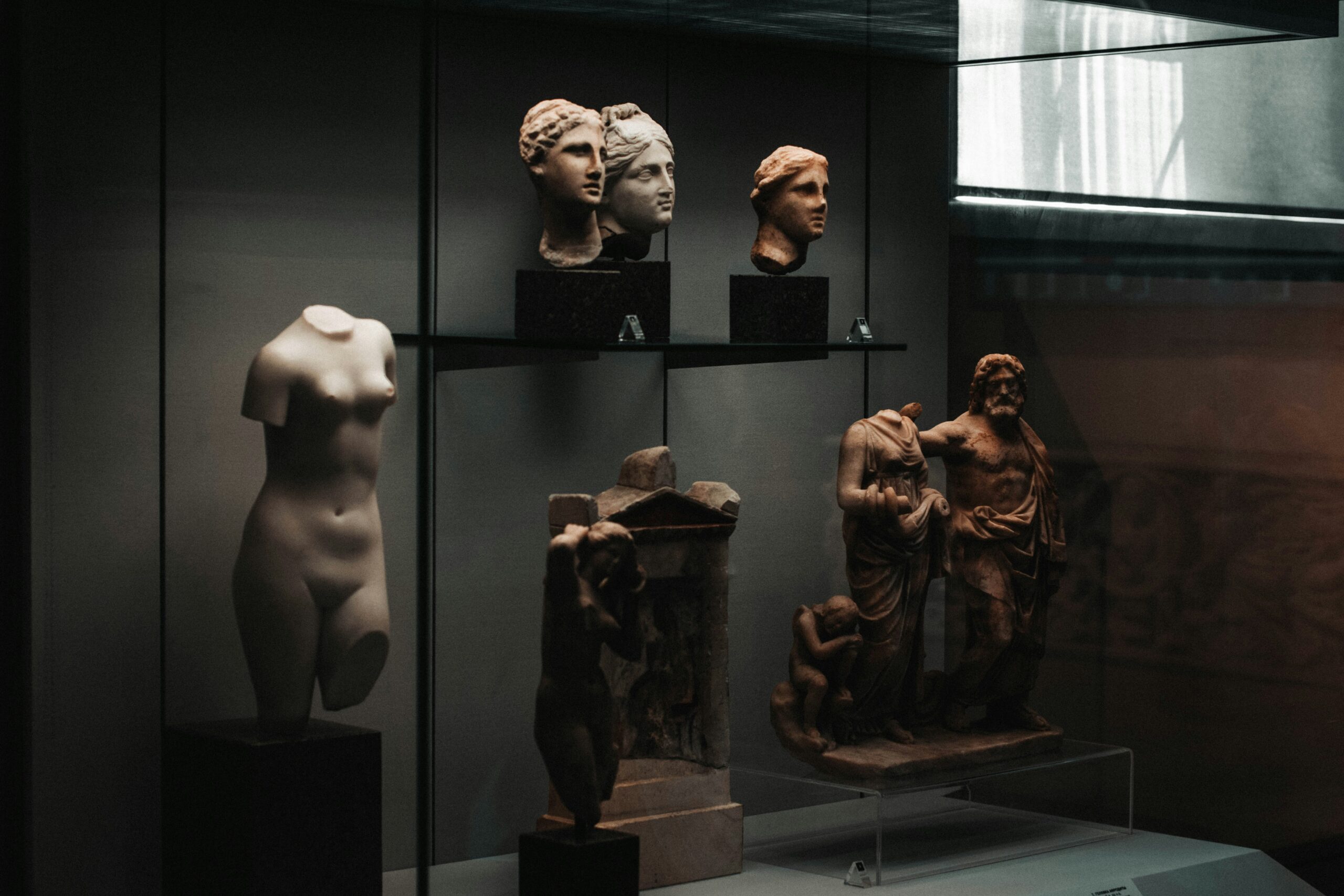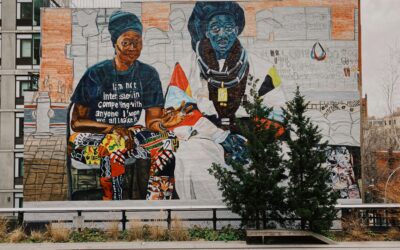In the gallery halls of today, where sleek installations and conceptual art often dominate, it might be easy to think that ancient sculpture belongs to a distant past. Yet, the legacy of ancient sculptural traditions continues to resonate in contemporary art, influencing not only the materials and techniques artists use, but also the symbolic and philosophical ideas embedded in their work.
Classical Ideals and the Modern Eye
Western art history is rooted deeply in Greco-Roman aesthetics. Classical sculpture emphasized proportion, balance, and idealized human forms—values that continued to shape Western artistic standards for centuries. Even in contemporary times, many sculptors remain drawn to these ideals.
Take Antony Gormley, for example. His cast-iron sculptures often explore the human body in stillness and in space. While minimalist in execution, the philosophical core of his work—examining the relationship between body and environment—recalls classical traditions of using the body as a universal symbol.
Similarly, Marc Quinn‘s hyperrealistic sculptures echo the Greco-Roman desire to eternalize human presence, but with a twist: they often include imperfections, disabilities, or controversial materials like blood and DNA, challenging ancient notions of perfection.
Materials Reimagined
Ancient sculptors worked with stone, bronze, terracotta, and wood—materials prized for their durability and symbolism. Today’s artists revisit these mediums but often imbue them with contemporary significance.
Rachel Whiteread, for instance, uses plaster to cast negative spaces—bathtubs, bookshelves, even entire houses. Her approach recalls the molds and casts used in ancient times (think of the casts at Pompeii), yet recontextualizes them to speak about memory, loss, and domestic life.
Stone carving remains a powerful practice. Artists like Anish Kapoor have used marble not just for its classical associations but to explore metaphysical themes—voids, reflections, and the infinite.
Ritual and Symbolism
In many ancient cultures, sculpture was inseparable from ritual. Statues of gods, ancestors, or mythological beings were not simply decorative—they were spiritual intermediaries. This reverence continues to influence artists who view sculpture as a form of sacred or social commentary.
Contemporary African and Indigenous artists often engage with ancestral sculptural forms to comment on colonization, identity, and survival. For example, Simone Leigh blends African traditions with contemporary feminist thought in her ceramic and bronze sculptures, which reimagine the Black female body as sacred and monumental.
Likewise, Damien Hirst’s controversial work “Treasures from the Wreck of the Unbelievable” mimicked ancient statuary—complete with artificial aging and patina—to question authenticity, mythology, and the commodification of history.
Fragmentation as Form
One enduring image of ancient sculpture is the fragment—the broken limb, the headless torso. For centuries, these incomplete forms were seen as tragic losses. But contemporary artists often embrace the fragment as a meaningful aesthetic.
Magdalena Abakanowicz, a Polish sculptor, created groups of headless human figures that evoke themes of war, trauma, and dehumanization. These forms, though modern, carry the same haunting silence as ancient ruins.
This concept extends beyond physical damage. Fragmentation in contemporary sculpture also reflects psychological and cultural fractures—symbolizing lost identities, disrupted histories, and the incomplete nature of memory.
Conceptual Echoes
Perhaps the most profound influence of ancient sculpture on contemporary art lies not in form, but in concept. Ancient statues were not mere likenesses—they were meant to transcend the material world, serving as symbols of ideals, beliefs, and collective memory.
Contemporary artists, especially in public art, continue this tradition. Monumental works placed in urban spaces—whether abstract or figurative—often aim to provoke collective reflection. They become modern equivalents of ancient civic statues, questioning who we honor and why.
For instance, Kara Walker’s monumental sugar-coated sphinx, “A Subtlety,” invoked both ancient Egyptian forms and the brutal history of slavery and industrialization, using sculpture as a platform for cultural critique.
A Living Tradition
Ancient sculpture is not confined to museums and textbooks. It is a living tradition, continually reinterpreted through new eyes, hands, and voices. Contemporary artists draw from its vocabulary to craft new meanings, reimagine identities, and explore the human condition.
As long as we continue to shape and be shaped by form, space, and symbolism, the legacy of ancient sculpture will remain vibrantly alive in our art—timeless, evolving, and enduring.




